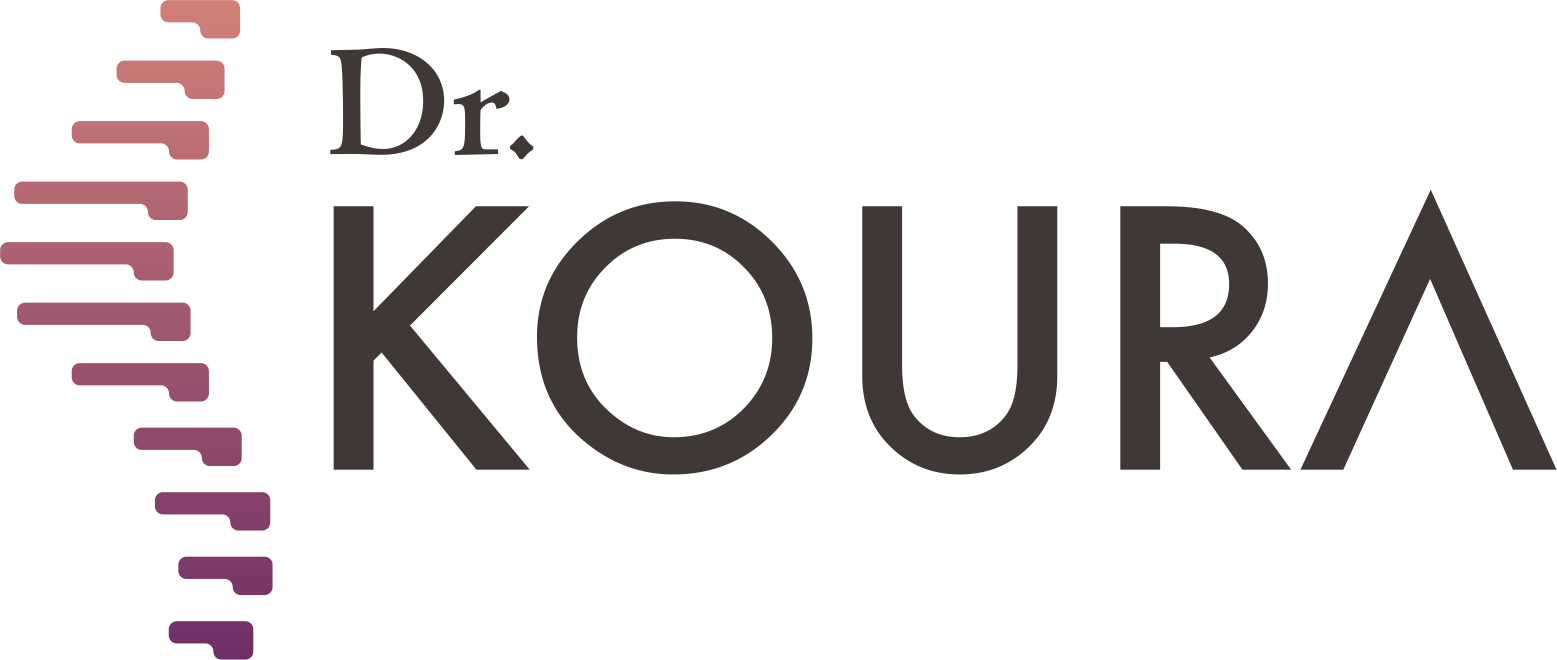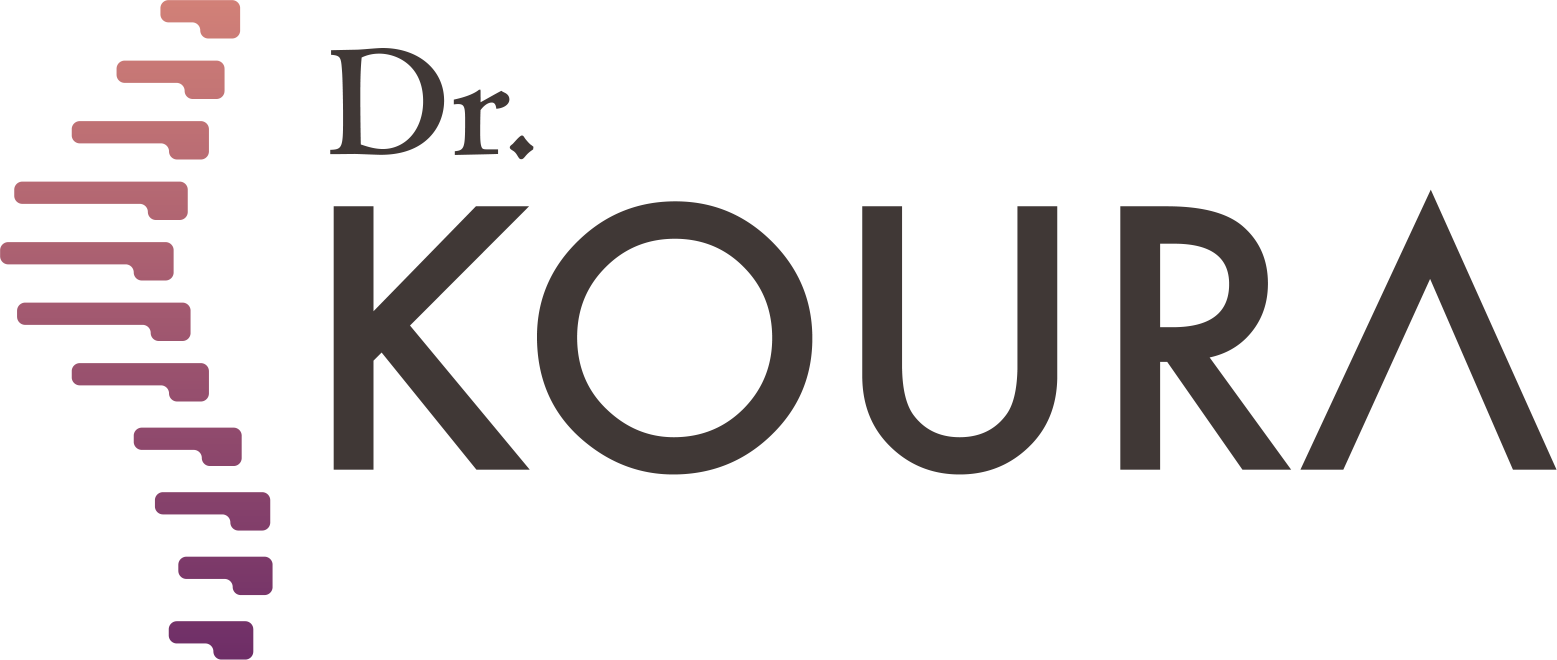
To see patients' reviews
Click hereShoulder joint arthritis
-webp.webp)

The shoulder joint is one of the most mobile joints in the body, allowing full rotation and movement of the upper limb. It is formed between the upper end of the humerus and the shoulder socket, making it one of the least stable joints in the body. Ligaments and muscles surrounding the joint maintain its stability and facilitate smooth, flexible movements.
The shoulder joint is susceptible to common joint conditions, such as shoulder osteoarthritis, which can limit its flexibility and cause pain. While less common than other forms of arthritis, such as knee osteoarthritis, shoulder osteoarthritis can develop over time and cause significant discomfort. Dr. Mohamed Koura’s center is renowned for advanced, non-surgical treatments for joint and spinal disorders. With extensive expertise, Dr. Koura offers cutting-edge interventional therapies to treat shoulder osteoarthritis effectively.
What Are the Causes and Complications of Shoulder Osteoarthritis?
Shoulder osteoarthritis can result from various factors, including old injuries like fractures or recurrent dislocations, leading to wear and tear over time. In some cases, osteoarthritis may develop without a clear cause, with genetic and environmental factors playing a role. Over time, bone spurs can form around the joint, exacerbating pain and further restricting movement.
Primary shoulder osteoarthritis occurs due to the natural aging process, leading to gradual wear and tear of the joint without any specific cause—this condition is relatively rare. Secondary osteoarthritis, however, often stems from prior injuries, such as repeated dislocations, fractures, or rotator cuff tears, which accelerate joint deterioration.
Symptoms of Shoulder Osteoarthritis
The most prominent symptom is severe pain, which intensifies with movement and worsens at night. Patients may experience increasing weakness in the shoulder, making simple tasks like lifting clothes or getting dressed difficult. The pain can radiate to other areas, such as the upper arm or elbow, disrupting sleep when lying on the affected side. As the condition progresses, the joint becomes stiffer and less flexible, severely limiting its functionality.
Treating Shoulder Osteoarthritis with Radiofrequency Therapy
Treatment for shoulder osteoarthritis depends on the patient’s condition. Anti-inflammatory medications are commonly prescribed to reduce swelling and alleviate pain associated with stiffness. These medications help minimize inflammation around the joint, providing relief and restoring better movement.
Physical therapy plays a crucial role in managing shoulder pain, teaching exercises to improve joint flexibility and strengthen surrounding muscles. Additionally, radiofrequency therapy is a state-of-the-art, non-surgical treatment offered by Dr. Mohamed Koura.This technique involves applying low-frequency heat to the nerves around the shoulder joint, effectively reducing pain signals sent to the brain. The procedure is conducted under precise technical supervision.
The Importance of Treatment at Dr. Mohamed Koura's Center
Radiofrequency therapy stands out as one of the most effective solutions for shoulder stiffness. This minimally invasive technique avoids surgical incisions, allowing patients to quickly return to their daily lives. Dr. Mohamed Koura’s center is a leading facility for treating shoulder osteoarthritis without complex surgeries.
Dr. Mohamed Koura is a pioneer in non-surgical treatments for joint and spinal pain. Recognized as the best specialist for lower back pain treatment, he is committed to using the latest interventional techniques. With decades of experience, Dr.Koura ensures patient safety and comfort through innovative and precise treatment options.
Dr. Mohamed Koura is here to assist you using the latest therapeutic techniques, including thermal radiofrequency and laser treatments for spinal pain without surgery—book your appointment now from here.
Why Choose Dr. Mohamed Koura ?
Simply because he is the best doctor in his feild. He stays updated on the latest treatment technologies through his participation in various international conferences with leading foreign doctors and experts. Finally, and most importantly, Dr. Mohamed Koura is the best doctor in Egypt and the Arab world, possessing 12 non-surgical techniques for treating spinal and joint problems. He was the first to introduce modern interventional treatment techniques in Egypt & the Middle East and is the only one using the disc fx technique to treat spinal pain.
To see patients' reviews
Click hereCertainly not, some cases must be treated surgically, and the most appropriate technique for the patient is determined through a medical examination and the presence of imaging studies.
No, it is necessary to make a reservation through a phone call or social media messages.
There are no risks or side effects associated with non-surgical pain interventions.
The patient needs only 3 to 4 days before they can travel comfortably, and the hospital stay does not exceed 6 to 8 hours.
A condition cannot be accurately assessed and a proper medical diagnosis made without a medical examination and recent imaging studies.
Yes, there are several payment methods available through Visa or electronic wallets by making a reservation on our website.
Certainly, obesity is one of the causes of knee osteoarthritis.
Radiofrequency activates the nerve and does not cause any damage to it.
Non-surgical interventions are a definitive treatment for some cases and pain relievers for other cases, which is determined by the doctor through a medical examination.
If the herniated disc is fully treated, there is a possibility of it reoccurring in some cases, such as not following the doctor's prescribed instructions after the intervention, experiencing an accident, or making a sudden wrong movement like lifting heavy objects.
The entire disc is not removed due to the presence of several risks and it may exacerbate the condition. Only the protruding part that causes pain is removed.
This cannot be done with radiofrequency, but it is performed through other techniques that Dr. Koura conducts.
The success or failure of non-surgical interventions cannot be judged through radiographic imaging because these procedures involve making subtle changes to critical parts to address the issue. Consequently, they do not produce significant changes to avoid potential complications in the future or damage to the spine and joints, which is our primary goal.
Spinal stenosis does not typically cause sciatica. In most cases, disc herniation is what may lead to sciatica. This does not necessarily mean that a patient with sciatica will also have spinal stenosis.
Sciatica may return if the patient does not adhere to the medical instructions provided by the doctor or in the event of an unexpected accident.
A life without pain without surgery
Once you book with Dr. Koura
Get rid of pain with just one call.. Book your appointment now with pain Management consultant Dr. Koura.






-webp.webp)




-webp.webp)
































